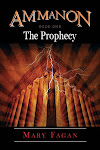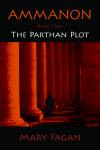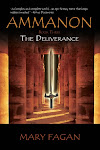One dear friend wrote: “Each age and stage of life has its joys and trials, the challenge is embracing the joys and dealing with the rest. Hang in there!”
My sister quipped: “You have now survived 70 glorious years!!! Congratulations!!! You have just added a new dimension to your illustrious life! Savor it!! Don't waste your life being unhappy about your age! Karl (her son, visiting her at the time) and I are having a good time and he wishes you a happy 7th decade. He says there's nothing wrong with not having died. Hear hear!”
And from my daughter: “I honestly don’t think you’ve changed a bit in the last 20 years.” A very much appreciated lie.
Between 18 and 22, a woman is like Africa. Half discovered, half wild, fertile and naturally Beautiful!
Between 23 and 30, a woman is like Europe. Well developed and open to trade, especially for someone of real value.
Between 36 and 40, a woman is like Greece, gently aging but still a warm and desirable place to visit.
Between 41 and 50, a woman is like Great Britain, with a glorious and all-conquering past.
Between 51 and 60, a woman is like Israel, has been through war, doesn't make the same mistakes twice, takes care of business.
After 70, she becomes Tibet. Wildly beautiful, with a mysterious past and the wisdom of the ages. An adventurous spirit and a thirst for spiritual knowledge.
Geography of a Man
Between 1 and 80, a man is like Iran,ruled by nuts.
But I shall leave you with the wise words of my father-in-law on the occassion of my much more devastating 30th birthday: "Would you really trade everything you've done, everything you've learned and experienced, to be younger again?"
I trust you wouldn't!
Hugs to all,
Tibet





































